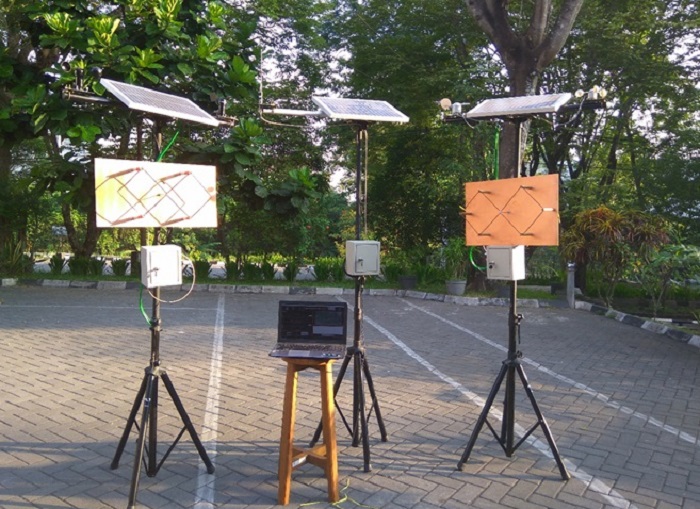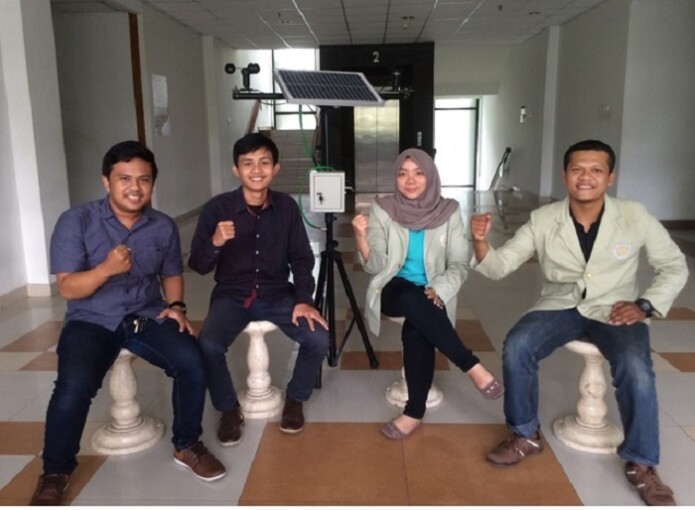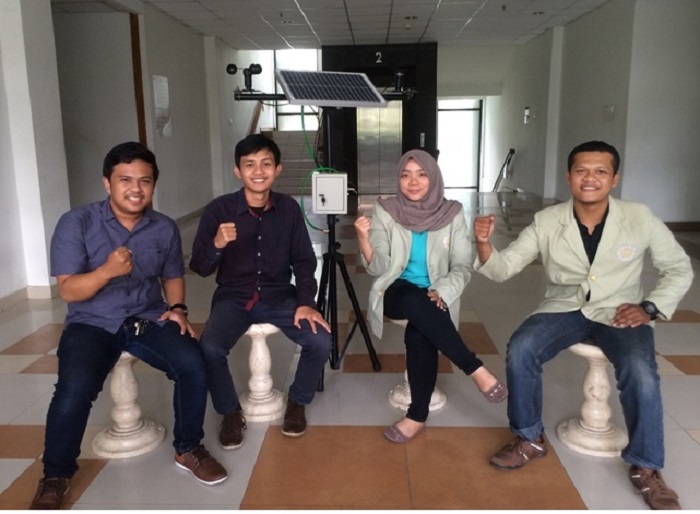Situated in the crossings of international sea voyage routes, Indonesia is potential for ship dockyard industry. Unfortunaltey, the number of dockyards available here is still below the number of ships that need repairs so the ships have to stay put for a few days awaiting repairs.
On the other hand, the government encourages ship industry in order that this can be a strategic industry in year 2025.
As a matter of fact, there are as many as 250 dockyard industries in Indonesia , producing a variety of ships. These, however, have not produced optimum benefits.
“The problem that often arises is the emergence of distortion, residual stresses, and frequent fatigue crack in welding joints,” said Nur Subeki during his doctoral promotion at Faculty of Engineering UGM on Tuesday (18/7).
The lecturer in Mechanical Engineering from Universitas Muhammadiyah Malang in East Java said the distortion that emerged in welding joints can be straightened out with re-heating. But this would highly reduce material corrosive durability. Good methods to tackle distortion and residual stresses include pre-heating and thermal tensioning which are stress relief method with heating during welding.
Nur Subeki tried to find the right method to improve the behaviour of fatigue crack propagation in Flux-cored arc welding (FCAW) with steel ASTM A 36. He developed the stress relief method based on effect of heating adopting the secondary heating method, combination of cooling rates, static thermal tensioning (STT), and transient thermal tensioning (TTT).
The result showed the stress relief method in FCAW process had significant effect on the quality of welding joint. The use of added temperature in welding process that adopts secondary heating method can increase the ability to endure the rate of fatigue crack propagation.
The adoption of STT and TTT methods in welding process can reduce the distortion and increase the mechanic natures. The added temperature of 200°C in each welding treatment is the optimum temperature to reduce the distortion.
“Added temperature of 200°C in each welding can also increase the mechanic natures, forming the structure of micro acicular ferrite and preventing the rate of fatigue crack propragation,” he concluded.





